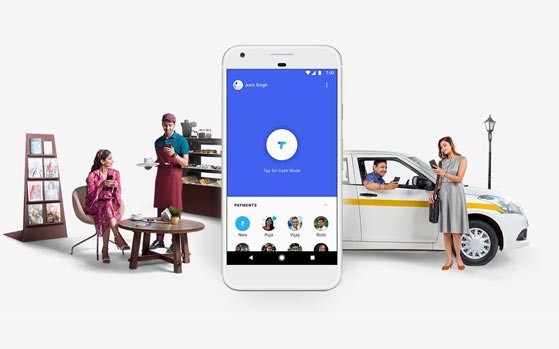2012 was a tough year for HTC and they need to do something dramatic in 2013 to compete for customers in the Android market.
With the HTC One we see innovations in hardware and software along with HTC finally releasing an Android device across multiple carriers in the US with the same name and hardware. Apple does this with the iPhone and Samsung has done it with the Galaxy S III and Note II.
HTC was able to actually release hardware with the same name and design on multiple carriers with the HTC 8X, but that is running a platform (Windows Phone 8) that has yet to gain any appreciable market share. I think having the HTC One, an Android smartphone, on multiple carriers with the same name and design will indeed help the HTC brand and that is something that must be done to succeed.
Gone by the wayside are those pure polycarbonate hulls — HTC’s Sense 5-laden Android Jelly Bean (4.1.2) handset comes crafted with an all-around premium look and feel, housing its 4.7-inch 1080p Super LCD 3 display (boasting 468 dpi and protected by Gorilla Glass 2) in a machined aluminum unibody. And, in a bid for the top spot on the mobile totem pole, the One also bears the distinction of being (one of) the first smartphones to feature Qualcomm’s quad-core Snapdragon 600, clocked here at 1.7GHz and paired with 2GB RAM.
One of the coolest new functions, HTC Zoe camera utility. Zoe is named after the zoetrope, a device that appears to make still images move. The HTC Zoe utility lets you use the camera to create Zoes, 3-second videos that can then be easily "mashed" together with still images, videos, and theme music to create fun highlight films that you can then share with others.
HTC’s taking a risk with the One. Flip the handset around and you’ll find an unassuming rear shooter in the midst of that clean aluminum body. Or, as the company calls it, the UltraPixel camera. Tackling the "myth of the megapixel," HTC’s outfitted the One with a 4-megapixel BSI sensor and f/2.0 lens, such that each pixel is meant to gather 300 percent more light than the current crop of smartphone sensors. The camera unit also features optical image stabilization and HTC’s ImageChip 2 for HDR, 1080p and 60fps video. But that’s not the end of HTC’s imaging focus. It’s also introducing a new feature / service dubbed Zoe, which allows users to capture and share short videos, much like Vine, via
HTC’s dedicated site
.
Specifications for the HTC One include:
- 4.7 inch, 1080p, 468 ppi, Super LCD 3 display
- Qualcomm Snapdragon 600 quad-core 1.7 GHz processor
- Android Jelly Bean with HTC Sense 5
- 2GB RAM
- 32GB and 64GB integrated storage capacity
- NFC, Bluetooth 4.0, 802.11 a/ac/b/g/n WiFi, DLNA, Infrared (more on this below)
- Dual front facing speakers with integrated amplifiers
- Beats Audio
- HDR microphone
- HTC Ultrapixel camera with 2.0 micrometer pixel, F2.0 aperature, 28 mm lens, and 1/3′ sensor
- 2,300 mAh Li-polymer battery
- Dimensions: 137.4 x 68.2 x 9.3 mm and 143 grams



